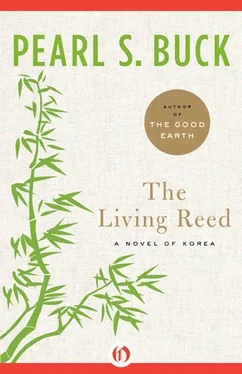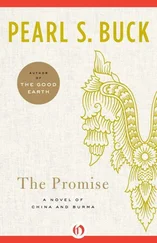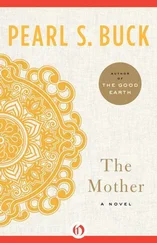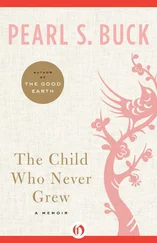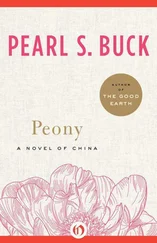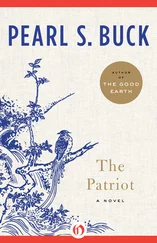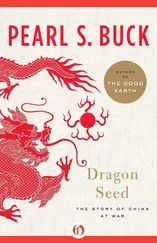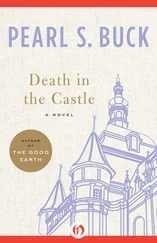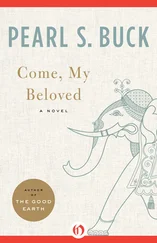Pearl S. Buck
The Living Reed
KOREA IS A GEM of a country inhabited by a noble people. Yet she is the Asian country least known to the western peoples, although to the three nations surrounding her, China, Russia and Japan, she has been well known for centuries and highly valued, and recent history has been only a continuation of that profound interest. When Stalin insisted that Russia have a share in the Pacific area of the second world war, he was fulfilling an age-old ambition of his land-locked people to secure not only the natural treasures of Korea but her matchless seacoast with harbors facing three sides of the compass. Had the Americans been sufficiently informed through history, we would have relentlessly opposed Stalin’s demands. Instead we yielded, even to the extent of dividing Korea at the 38th parallel, a line of division which, ominously enough, Russia and Japan had once agreed upon in secret in the years when they were rivals for the possession of Korea. They were prevented from making the division only by certain western powers, who had hopes of their own regarding Korea.
China, of course, had long insisted that Korea must remain independent, a buffer state between herself, Russia and Japan. During the hundreds of years when China was the greatest power in Asia, and perhaps in the world, she was able to guarantee Korea’s independence and in return Korea paid tribute to the Chinese imperial government, acknowledging the bond of suzerainty. The Chinese, nevertheless, were meticulous in maintaining the sovereignty of Korea. No Chinese were allowed to live in Korea or own land there, upon pain of death. It was only when China became weak as an old dynasty neared its end in the age of western colonialism in Asia, and with it came the rise of an ambitious modern Japan and a restless Russia, that China was no longer able to protect Korea and defend her from oppression.
Yet Korea, through no fault of her own a land of turmoil for centuries, was founded by a people in search of peace. Four thousand years ago many different tribes lived in Central Asia, that source of human life. In their nomad life these tribes wandered in different directions, the Han, or Chinese, southward to establish the country later called China, after their first emperor. Among those who went northward were the Tungu tribes, and one of these was the Puyo tribe, who settled in the region now known as Manchuria. There they became an agricultural community and there they might have remained except that to the west lived a fierce nomadic tribe, the Hiong-Nou, or Huns, the ancestors of the Mongols, and to the east the Mat-hat tribe, the ancestors of the Nuchen or Manchurians. Between these two barbarian peoples the more cultivated Puyo tribe found themselves oppressed, and soon they were forced southward into the peninsula now known as Korea. It was an ideal place for them, surrounded on three sides by the sea, and protected on the north by mountains, and here they developed a remarkable culture, rich in arts and crafts.
Legend says the origin of the Puyo was Heaven itself. A son of the Lord of Heaven was sent down to Earth, through miraculous birth from a union between bear and tiger, whose duty was to save human beings from chaos and destruction. With the help of his Heavenly Father, this Son of God ruled kindly and justly, serving always as a mediator between the Lord and human creatures. After his departure from Earth, he was followed by Tangun, the founder of the Korean nation, which was named Chosun, or Land of the Morning Calm. The name Tangun comes from the word tangul , or medicine man, and indicates a theocratic state. Korea was actually founded in the year 2333 B.C., and this is a date accepted by archeologists and historians, in spite of some lack of evidence, except that in ancient Chinese records, twenty or thirty centuries before Christ, the name of Chosun appears.
The people of that early Korea were not to find peace, however. In north China six powerful groups were fighting for control of that country. The Yen group attacked Chosun, whose power at that time reached far into north China. While fighting continued, the Ch’in group succeeded in conquering all others, in 221 B.C., and the country was unified although fighting still continued. The new rulers were oppressive, and many Chinese retreated into the peninsula of Korea. Struggle went on even into the Han dynasty, which followed the Ch’in, and then the strong resistance of the Koreans drove the Chinese away.
The history of Korea is too complex to follow here in detail, but the three kingdoms into which the country was then divided, Koguryo, Paekche and Silla, resolved their quarrels with one another and with the Chinese, ending significantly in pressure from Silla and Koguryo which forced Paekche, in the south, to a military alliance with nearby Japan, thus early dividing the peninsula between Chinese and Japanese influence. Silla conquered Paekche, however, with the help of Chinese in the Tang dynasty, and then, eight years later, conquered Koguryo also. Thus in A.D. 668 Korea was unified, after three thousand years, and Koreans began to develop their own unique culture.
For two hundred and thirty years Korea enjoyed peace, and grew prosperous. Her arts developed indigenously and through her friendly relations with the glorious age of the T’ang dynasty in China. Like all successful dynasties, however, Silla too at last grew decadent. The ruling class began to neglect the welfare of the people, and the very brilliance of their cultural achievements emphasized the misery of the less fortunate. Revolt grew into revolution under the leadership of a great man, Wang Geun, especially in the north, where the influence of the Silla government was less strong, and the dissatisfied people from Silla joined them and thus was founded the dynasty of Koryo. This ruling group in the north did not, however, attack Silla, but waited in patience for decadence to bring submission. In A.D. 935 the King of Silla peacefully surrendered to the new dynasty. From its name is taken that of Korea.
Koryo began with many reforms. The civil service was revived and improved; land was nationalized and each farmer was given a piece of land for his lifetime; social securities were set up and universal education provided for. Movable metal type provided for the printing of many books and as early as 1230, thus preceding by some 220 years Gutenberg’s lead-cast printing type in Germany in 1450. In the next dynasty, the Yi printing types were made of copper and these Korean copper types and the production of them were introduced into China.
Another great cultural achievement of the Koryo dynasty was the collecting, engraving and publishing of the Buddhist sutra, the Tripitaka. The invasion of the Mongols in the thirteenth century had so alarmed the Buddhists that a group of devotees believed it essential, as an act of protection against the invaders, to collect and preserve the best of the texts. During sixteen years the work went on, resulting in 320,000 pages of such scriptures. This monumental work, Taijang-Kyung, is now preserved in eternity in the Hal-in-sa Temple, Mount Kaya, in the province of Kyong-sang, Korea.
In spite of a long period of peace and many reforms, the dynasty of Koryo in its increasing decadence again brought trouble to Korea. To the rising discontent of the people were added attacks from Mongols and raids from Japanese pirates and buccaneers. A revolution in Japan had overthrown the power of the samurai and cost them their jobs. At the same time a major economic depression fell upon the Japanese people. Many turned into robbers by land and sea and these made constant raids on Korean ports and ships. Added to such disorder was the monstrous growing power of the Buddhist priesthood in Korea, which encroached upon the rights of the state and took over such political power that each king was compelled to become a monk before he could reign and at least one member of every family had to be a priest. The last of the Koryo kings, under the influence of a corrupt monk, was persuaded to attack China, then under the powerful Ming dynasty. General Yi, commanded to lead the attack, rebelled and with a sympathetic people behind him, he overthrew the King and established the new dynasty of Yi.
Читать дальше
